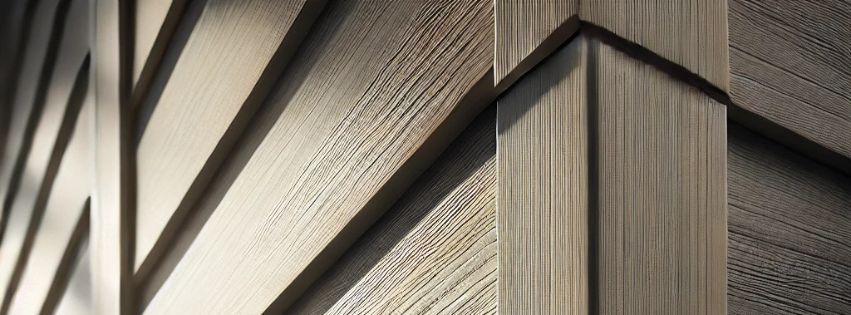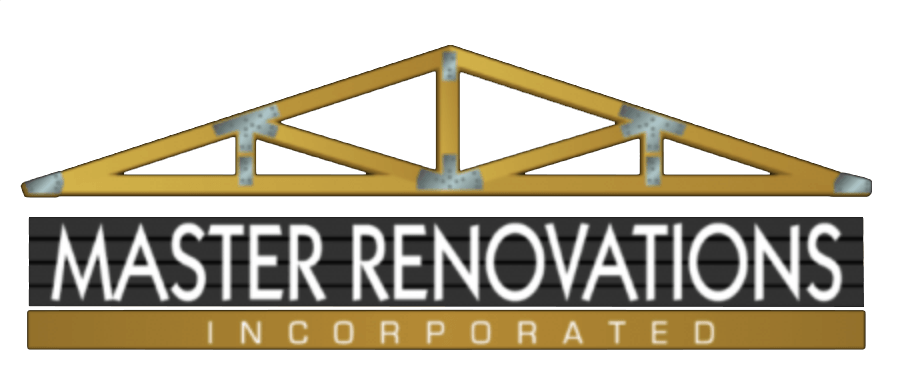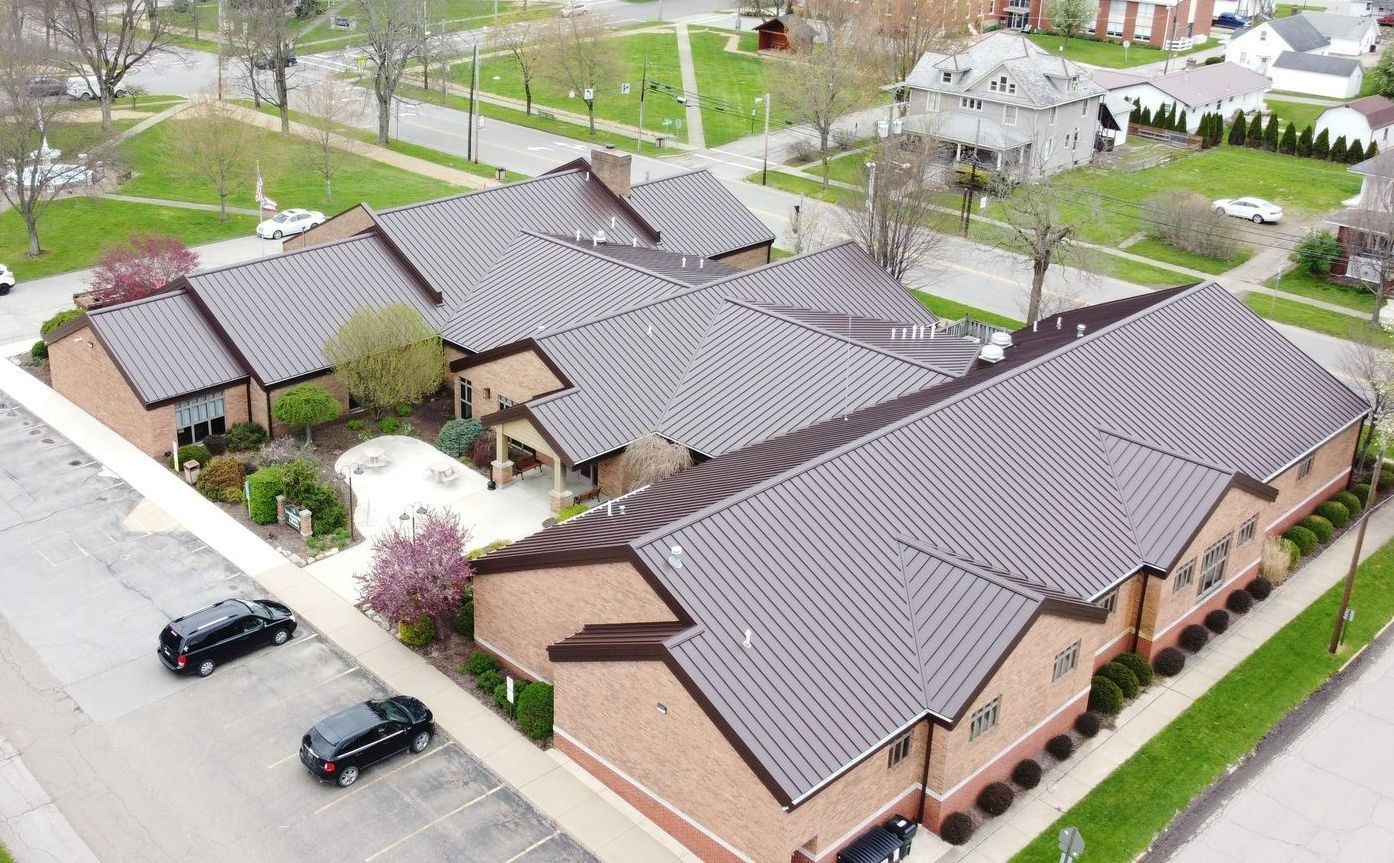Vinyl Sidng vs. Fiber Cement Siding: Which is Best for Your Building?
When it comes to choosing siding for your commercial or residential building, two of the most common options are vinyl and fiber cement. Both materials offer great benefits, but the right choice for you depends on your budget, aesthetic preferences, and the climate in which you live. In this post, we’ll compare vinyl and fiber cement siding to help you decide which is best suited for your property.
Vinyl Siding: Affordable and Low Maintenance
Vinyl siding has been a popular choice for both homes and commercial buildings due to its affordability, variety of styles, and low maintenance needs. Here are the key pros and cons of vinyl siding:
Pros of Vinyl Siding:
- Cost-Effective: Vinyl is one of the most affordable siding options on the market, making it an excellent choice for building owners looking to stay within budget.
- Low Maintenance: Vinyl doesn’t need much upkeep beyond occasional cleaning.
- Wide Range of Styles and Colors: Vinyl siding comes in various colors, textures, and patterns, allowing you to customize the look of your building without the expense of more premium materials.
- Easy Installation: Vinyl is lightweight and relatively easy to install, which can reduce labor costs and installation times.
Cons of Vinyl Siding:
- Less Durable: While vinyl siding is resistant to water and pests, it may not be as durable as fiber cement, particularly in harsh climates. Over time, it may fade, crack, or warp.
- Limited Fire Resistance: Vinyl is not as fire resistant as other materials, which could be cause for concern for certain commercial buildings.
- Environmental Impact: Although vinyl siding is low-maintenance, it is made from plastic, which may not be the best option for eco-conscious builders.
Fiber Cement Siding: Durability and Premium Aesthetics
Fiber cement siding is known for its strength and premium look. It is a great choice if you’re looking for long-lasting performance with a stylish finish. Here are the key pros and cons of fiber cement siding:
Pros of Fiber Cement Siding:
- Highly Durable: Fiber cement is one of the most durable siding options available. It resists fire, insects, and extreme weather conditions, including heavy rains, strong winds, and even hail. It can last up to 30 years or more with proper maintenance.
- Premium Aesthetic: Fiber cement can mimic the look of natural wood, brick, or stone, giving your building a high-end, timeless look that will stand the test of time.
- Energy Efficiency: This material helps with energy efficiency by providing extra insulation, keeping your building cooler in the summer and warmer in the winter.
- Long-Term Value: Although fiber cement has a higher upfront cost, its longevity and low maintenance make it a valuable investment for the long run, increasing the resale value of the building.
Cons of Fiber Cement Siding:
- Higher Initial Cost: Fiber cement siding is generally more expensive than vinyl, both in terms of material and installation costs. However, its durability and lifespan make it a cost-effective option in the long term.
- Maintenance Required: Fiber cement siding needs to be repainted every 5 to 10 years, depending on the climate, to maintain its aesthetic appeal.
- Heavy and Labor-Intensive: This type of siding is heavier and requires more labor to install. It may require a more experienced installation team, which could increase your overall project cost.
Which Is Best for Your Building?
The choice between vinyl and fiber cement siding ultimately comes down to your specific needs and priorities.
Choose Vinyl Siding if:
- You’re working with a tight budget and need a cost-effective solution.
- You want a low-maintenance siding option.
- Your building is in a relatively mild climate where durability is less of a concern.
Choose Fiber Cement Siding if:
- You want a more durable, long-lasting siding option that can withstand extreme weather conditions.
- You’re looking for a high-end, customizable aesthetic for your building.
- You’re willing to invest a little more upfront for long-term value.
Conclusion
Both vinyl and fiber cement siding have their advantages and disadvantages, and the right choice depends on your building’s needs and your budget. If you're looking for a cost-effective, low-maintenance option, vinyl siding may be the way to go. However, if you’re prioritizing durability, aesthetics, and long-term value, fiber cement siding might be the better choice for you.
At Master Renovations, we offer expert siding installation services to help you choose the best material for your commercial or residential building. Contact us today for a free consultation and let us help you make the best decision for your property’s siding needs!

Our mission is to provide great service to our customers, our families and ourselves by working productively and efficiently.




